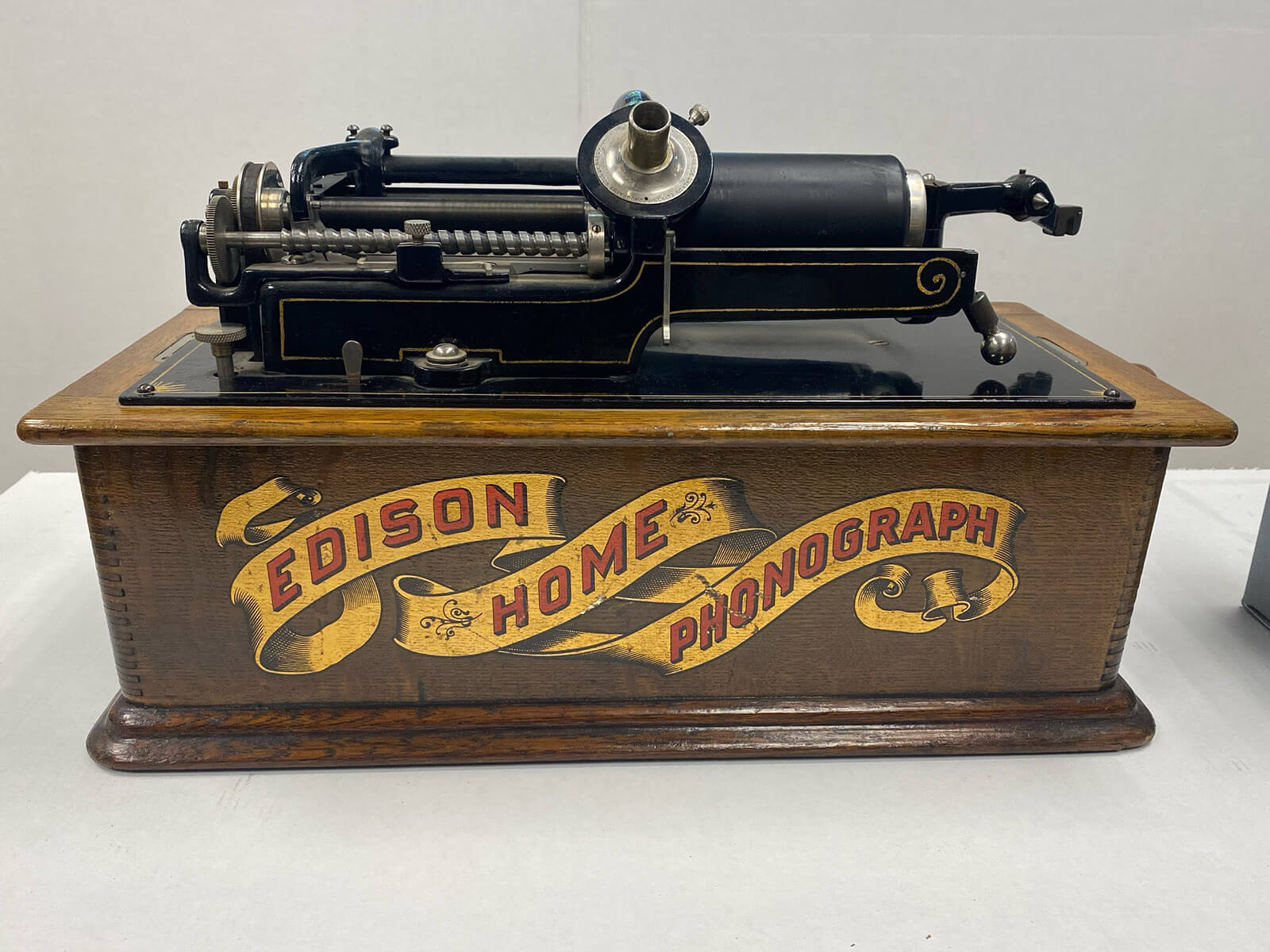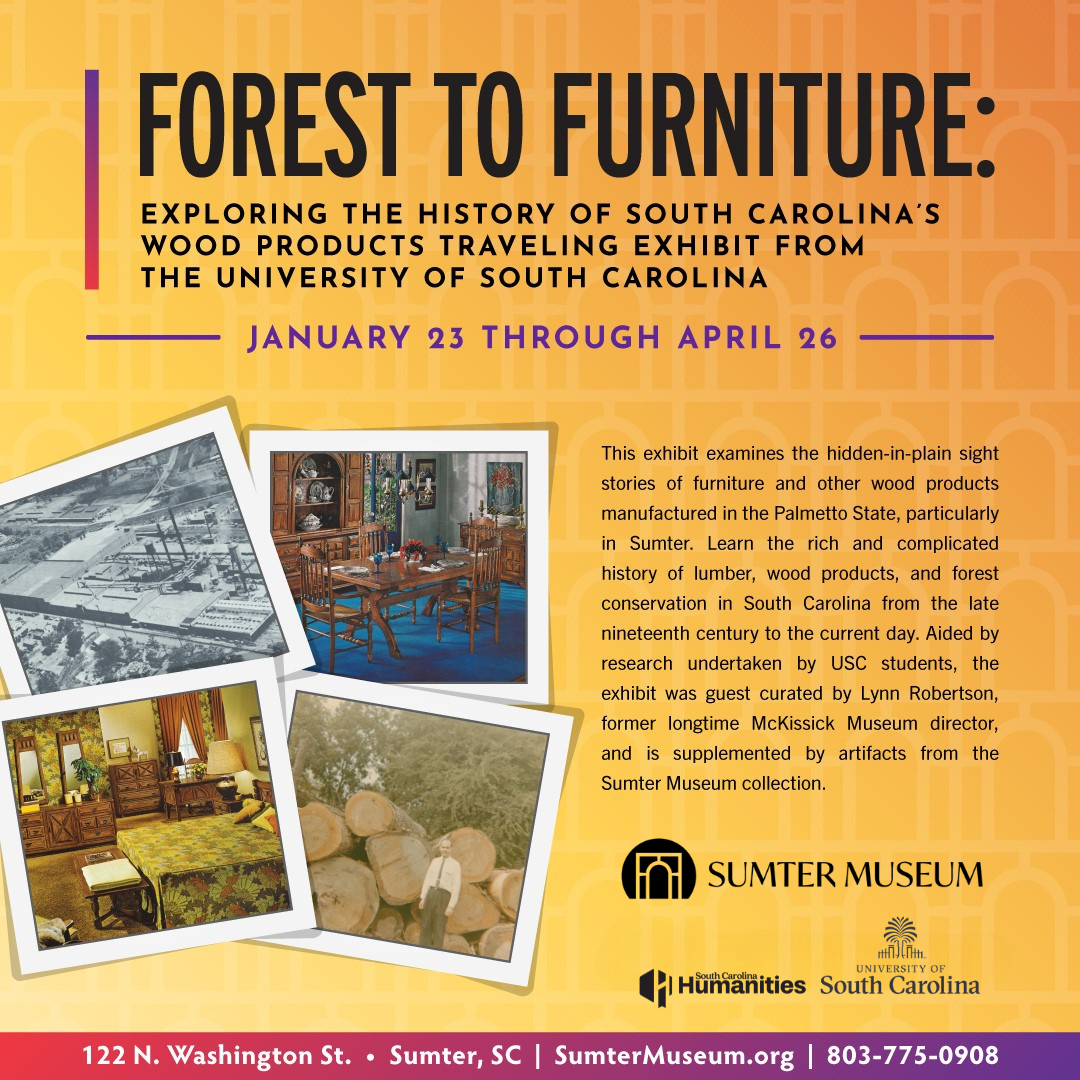American inventor Thomas Edison is responsible for many famous creations, but his favorite was the phonograph. Edison devised his earliest phonograph prototypes in the mid 1870s, and by 1877 he had invented a device that could both record and playback sound. This early device worked by imprinting the vibrations of sound it picked up onto tinfoil cylinders with a needle. It could then play back those vibrations up to 1 minute long.
Edison had initially not intended for the machine to be used for music. Many of the uses Edison envisioned we have today, like audio books, voice dictation for writing, and clocks that read out the time. When Edison began to market and sell the machine in 1878, recording music quickly became the most popular use for it. By the turn of the century you could record up to 4 minutes of sound on wax cylinders, and prerecorded music was being marketed and sold to the public. However, the cylinder method of recording died out relatively quickly. By 1915 even the Edison Company had mostly stopped producing them. By 1929 cylinder playing phonographs had been discontinued altogether in favor of record players.
Recently at the Sumter County Museum we uncovered a 1903 Edison phonograph in our collection! Its in pristine condition, and we believe its in working order. While we don’t currently have any wax cylinders to play on it, we’re hoping to acquire some to play in the next few months! Once we’ve got a new cylinder or 2, you can expect to see the phonograph belting out tunes in the Williams Brice House.
Sources for this post include: “The Fabulous Phonograph: From Tin Foil to High Fidelity” by Roland Gelatt, “America on Record: A History of Recorded Sound” by Andre Millard, and “Edison Cylinder Records 1889-1912” by Allen Koenigsberg.




